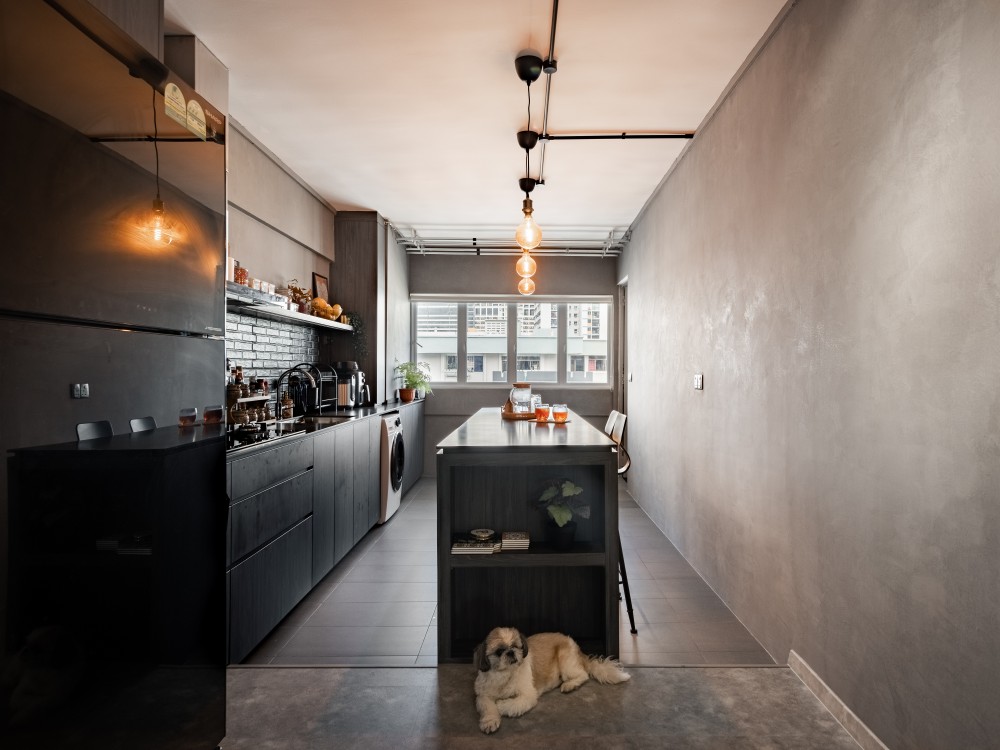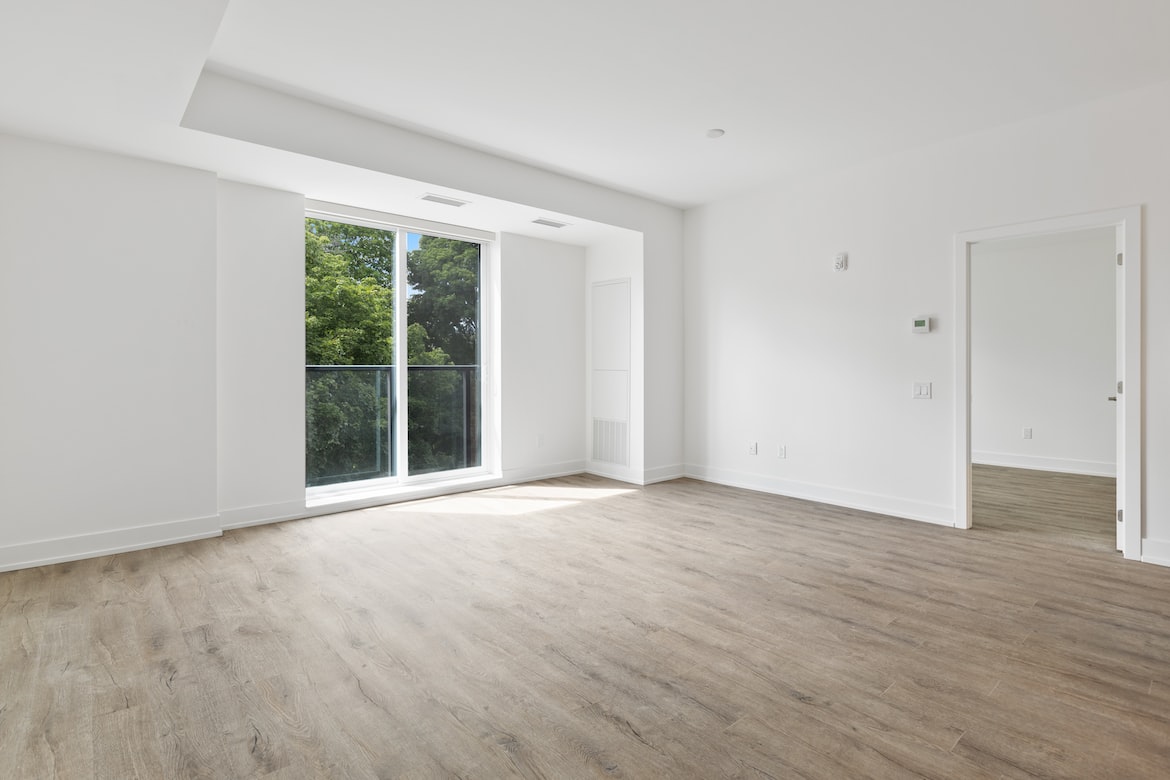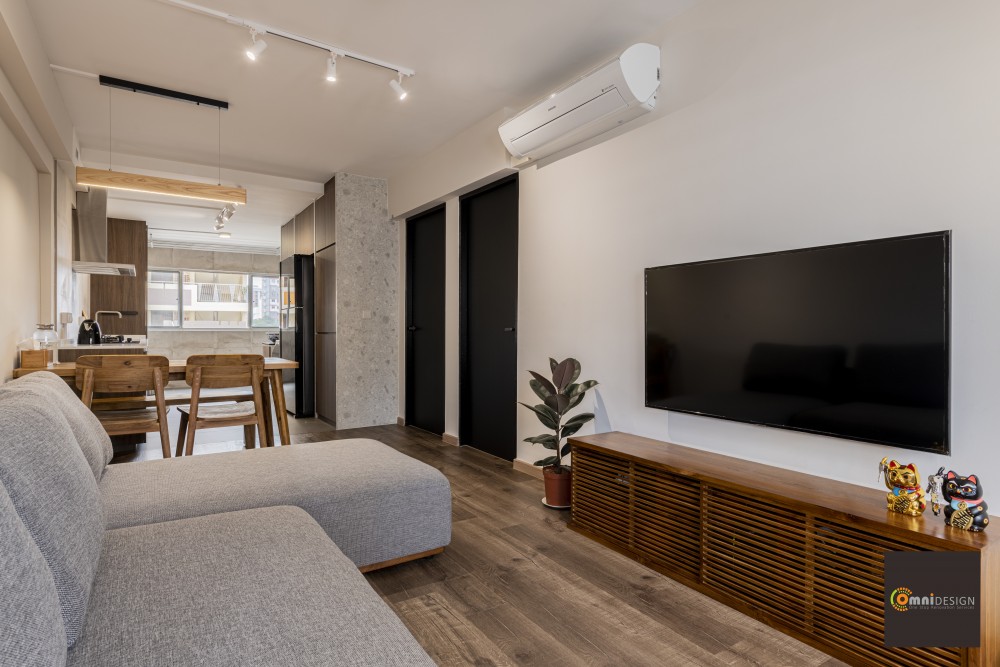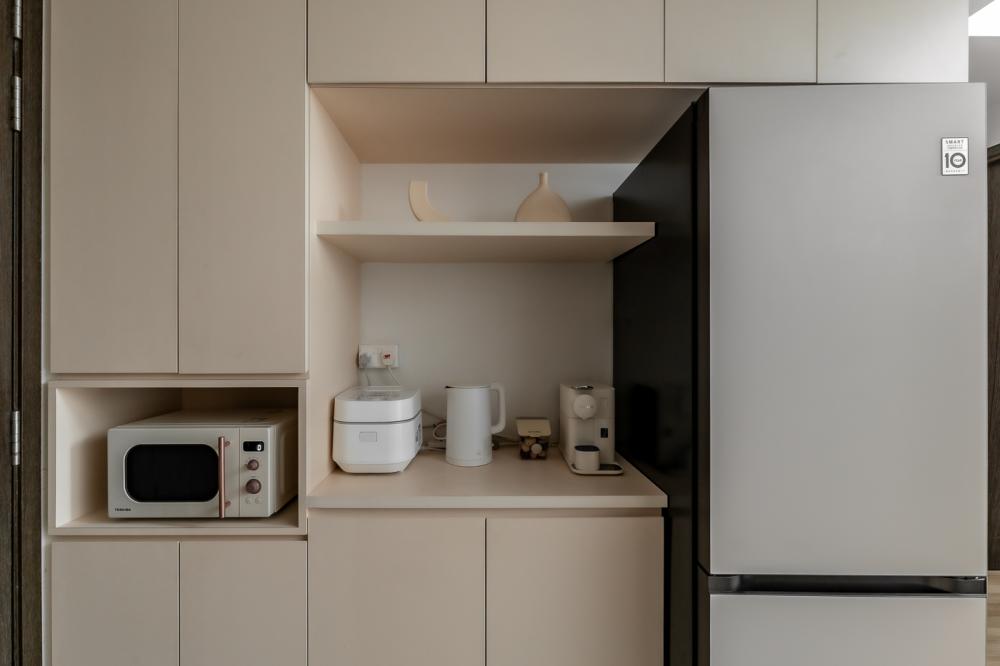Post-Renovation Checklist: These Are The Things You Shouldn’t Miss
Renovating your apartment in Singapore can be an exhilarating experience. Whether it’s a simple refresh or a complete overhaul, the end result often brings a sense of satisfaction and relief.
However, amidst the excitement, it’s crucial not to overlook the importance of thorough post-renovation checks. Here, we present a comprehensive checklist for homeowners to utilise post-renovation.
Step 1: Safety checks
After the completion of your apartment renovation in Singapore, the first thing you should do is to carry out safety checks. Here’s a detailed breakdown of what to check to ensure your living space is secure:
Electrical systems
Test switches, sockets, and circuit breakers to ensure they are functioning correctly.
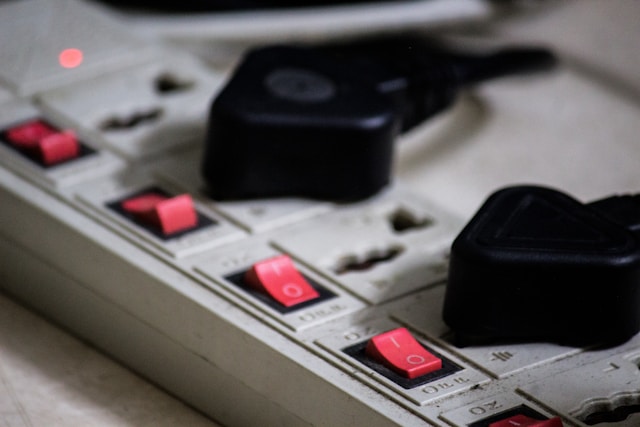

Check for any signs of loose wiring or exposed electrical components, which can pose a fire hazard.
Verify that all appliances and lighting fixtures are installed properly and are in good working condition. Faulty electrical connections can lead to short circuits and potentially cause fires.
Structural integrity
Thoroughly inspect walls, ceilings, and floors for any signs of damage or instability. Look for cracks, bulges, or water stains, which may indicate structural issues that need to be addressed.
Pay special attention to areas that underwent significant renovation work, such as load-bearing walls or structural supports. Ensure that these areas have not been compromised during the renovation process.
Confirm the correct installation of fixtures and fittings, such as shelves, cabinets, and wall-mounted fixtures. Improper installation can weaken the structural integrity of your apartment and pose safety risks.
Step 2: Functionality testing
Ensuring that essential systems and appliances in your newly renovated space operate smoothly is essential for both comfort and safety. From plumbing to air conditioning systems and appliances, thorough testing ensures that everything functions as intended, allowing you to enjoy your space with peace of mind.
Plumbing
Check for leaks or blockages in pipes and faucets by running water in sinks, showers, and toilets.
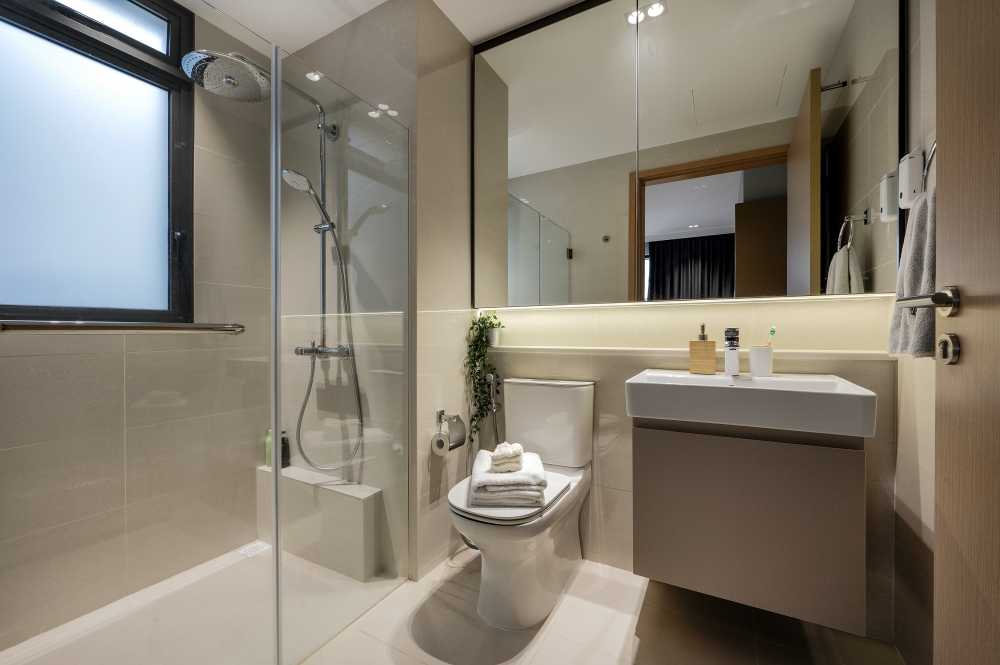

Twin Waterfall ($110,000) by Le Interi Design
Test water pressure by turning on faucets and showers at different locations throughout your home. Inadequate water pressure can indicate issues with the plumbing system that need to be addressed.
Check drainage by filling sinks and tubs with water and observing how quickly they drain. Slow drainage may indicate clogged pipes or improper installation.
Air conditioning
Ensure proper functioning of air conditioning units by turning them on and adjusting the temperature settings. Listen for unusual noises and check for cool air flow from vents.
Appliances and fixtures
Test kitchen appliances, including stoves, ovens, refrigerators, and dishwashers, to ensure they operate properly. Check for any unusual noises, odors, or malfunctions that may indicate underlying issues.
Inspect doors, windows, and locks for proper operation and alignment. Open and close doors and windows to ensure they move smoothly and latch securely. Test locks to ensure they engage and disengage properly.
Check lighting fixtures, electrical outlets, and switches for functionality. Replace any burnt-out bulbs and repair or replace faulty outlets or switches as needed.
Step 3: Aesthetic evaluation
Aesthetic evaluation is a critical step in the post-renovation process, as it allows you to assess the quality of the workmanship and ensure that every aspect of your home meets your expectations.
Paintwork and finishes
Inspect walls and ceilings with a keen eye for detail, looking for any imperfections such as uneven paint coverage, drips, or brush marks. Pay close attention to areas where different paint colors meet, ensuring clean and crisp lines.
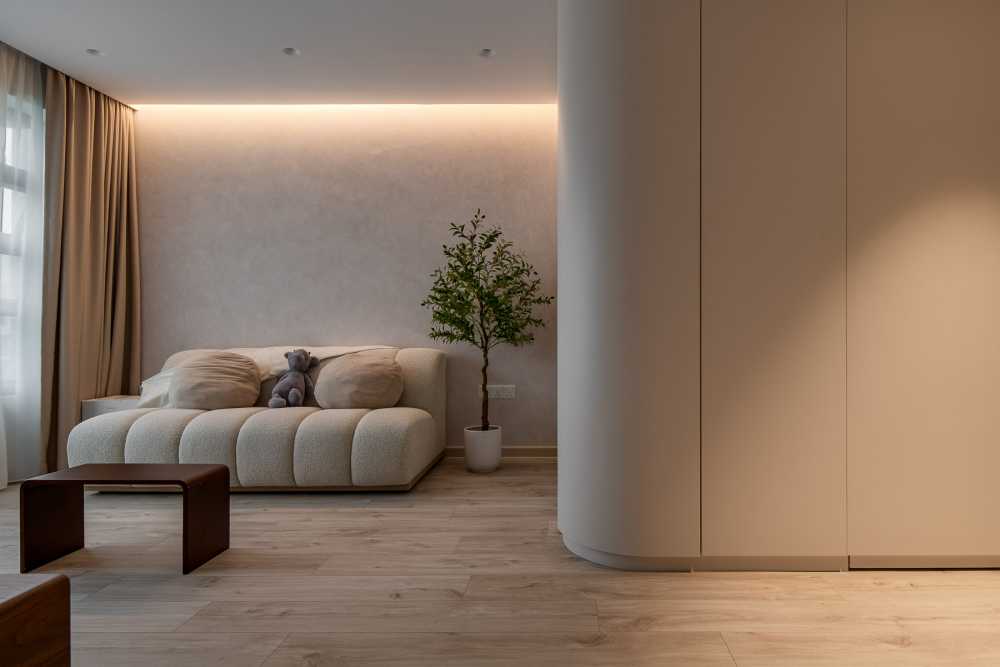

635B Tampines ($60,000) by Mr Designer Studio
Check for any touch-ups needed, such as filling in nail holes or repairing minor scratches or dents. These small details can make a big difference in the overall appearance of your walls and ceilings.
Assess the consistency in paint color and texture throughout the space. Variations in color or texture can indicate poor quality workmanship or improper application techniques.
Flooring and tiling
Examine your floors and tiles for any signs of damage, such as cracks, chips, or unevenness. These issues not only detract from the visual appeal of your space but can also pose safety hazards if left unaddressed.
Ensure that grouting between tiles is uniform and free of cracks or gaps. Proper grouting not only enhances the appearance of your tiles but also helps to prevent water damage and maintain structural integrity.
Cabinetry and built-in features
Conduct a visual inspection of the cabinetry and built-in features, paying close attention to the alignment of lines and edges. Pay attention to any discrepancies in height or alignment between adjacent surfaces. Stand back and observe the overall appearance of the cabinetry from different angles to identify any visible irregularities.
Look for smooth, seamless finishes along the edges and corners of cabinets, shelves, and storage units. Run your hand along the surfaces to feel for any rough spots or inconsistencies that may indicate poor craftsmanship.
Step 4: Cleaning up
The post-renovation cleaning phase often feels like the final hurdle in the marathon of home improvement. After all the hammering, drilling, and painting, you’re left with a space that’s not quite the sanctuary you envisioned – but a good cleaning will fix all that!
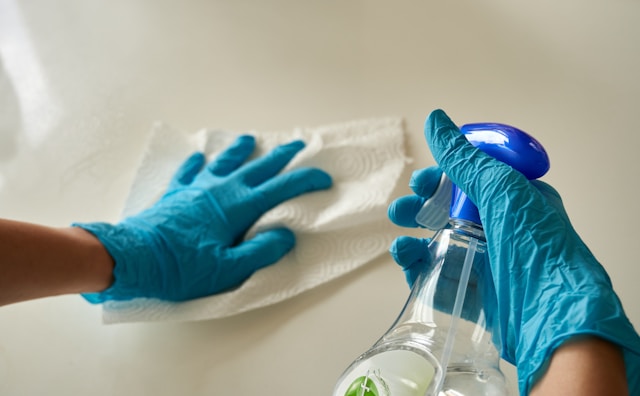

DIY vs. Professional cleaning services
When it comes to post-renovation cleaning, you have two main options: tackling the job yourself or hiring a professional cleaning service. Each option has its own set of considerations.
First, consider the extent of renovation work and cleanliness required.
If your renovation project was relatively small and didn’t generate a significant amount of dust and debris, you may be able to handle the cleaning yourself.
However, if the renovation was extensive and involved major construction work, hiring professionals may be the more practical choice. Professional cleaning services have the experience and equipment to tackle even the toughest post-renovation messes, ensuring that every surface is thoroughly cleaned and sanitized.
Next, also consider the fact that post-renovation cleaning can be a time-consuming and physically demanding task.
If you tackle post-renovation cleaning yourself, you’ll need to make trips to purchase cleaning supplies before devoting hours or days to the actual cleaning itself.
Keep in mind that with post-renovation cleaning, a single deep clean might not be enough. Renovation projects often leave behind stubborn residues, fine dust particles, and hidden debris that can linger even after the initial cleaning, so you might need to clean multiple times before you’re able to achieve the desired level of cleanliness.
Benefits of hiring a cleaning service
By hiring a professional with expertise in post-renovation cleaning, you’ll benefit from their specialized skillset. Professional cleaners have the training and experience to tackle even the toughest cleaning challenges, leaving your home sparkling clean and ready to enjoy.
On top of that, there’s also a ton of time savings and convenience on your end. After months of renovation work, the last thing you want to do is to allocate more time to cleaning, before you move in. If you hire a professional cleaning service, the process will go way faster – they’ll be able to do a thorough job in a matter of hours, not days. This means you can move into your newly renovated space sooner and start enjoying it right away.
Benefits of going the DIY route
Of course, if you want to engage professional cleaners for post-renovation cleaning, this will incur an added expense to your renovation. Prices for post renovation cleaning in Singapore typically start from $250 onwards, with the price being determined by the size of your home.
If your renovation project was relatively small and didn’t generate a significant amount of mess, DIY cleaning may be the more cost-effective option. You can save money by using your own cleaning supplies and putting in the effort yourself.
Some homeowners also prefer to take matters into their own hands and clean their homes themselves. There’s a sense of satisfaction that comes from knowing that you’ve personally ensured that your home is clean and tidy to your exacting standards.
Step 5: Documentation
In the whirlwind of a renovation project, it’s easy to overlook the importance of keeping track of essential documents and warranties. However, doing so is crucial for protecting your investment and ensuring the longevity of your newly renovated space.
Begin by gathering all receipts and warranties related to your renovation work and purchases. This includes receipts for materials, appliances, fixtures, and any services provided by contractors or subcontractors. Organize these documents in a designated folder or digital file for easy access. Label each receipt and warranty with the corresponding item or service to streamline the tracking process.
Once you’ve gathered all relevant documents and clarified warranty terms, you may also want to create a maintenance schedule for ongoing care and upkeep of your newly renovated space. This includes regular tasks such as cleaning, maintenance checks, and preventative measures to uphold the condition of your home.
Doing this is simple – just check the manufacturer’s recommendations for maintenance and care of each item, then create a schedule or key in reminders on your phone.
For example, if your water filter is supposed to be changed every 6 months, you can create a recurring reminder to replace it on time. Similarly, if your air conditioning unit requires regular cleaning of filters and coils, schedule a bi-annual maintenance check or set reminders for cleaning sessions.
By staying proactive and following a consistent maintenance schedule, you’ll not only prolong the lifespan of your appliances and fixtures but also prevent potential issues from escalating into costly repairs. Remember, a little maintenance goes a long way in preserving the functionality and value of your home.
A final word on your post-renovation checklist
Completing a renovation project is a huge achievement. However, the work doesn’t end once the renovation is complete!
By following this comprehensive checklist, you can ensure that your post-renovation experience is as smooth and rewarding as possible.
Take the time to address each item on the list, and enjoy your newly renovated space with confidence and peace of mind.
Want to check out home renovation projects for more inspiration? Browse interior design ideas on Hometrust, or click the button below to get connected with expert designers!
Renovating soon? Let Hometrust recommend the best interior designers.
If you are reading this, you are probably wondering how you can create your dream home.
Here’s the thing, everyone’s needs and requirements for their home renovation is different. A designer that may work for someone else, may not quite work for you.
At Hometrust, we’re here to help match top rated designers, recommended by past homeowners to you through our data-driven and matching algorithm.
Whether you are looking for partial renovation or a full fledge overhaul, we’ll be able to recommend you top designers to match your renovation requirements and lifestyle.
Recommendations and free and you can simply start by helping us understand your needs below!
Get RecommendationsRenovate safe!
The Hometrust Team

